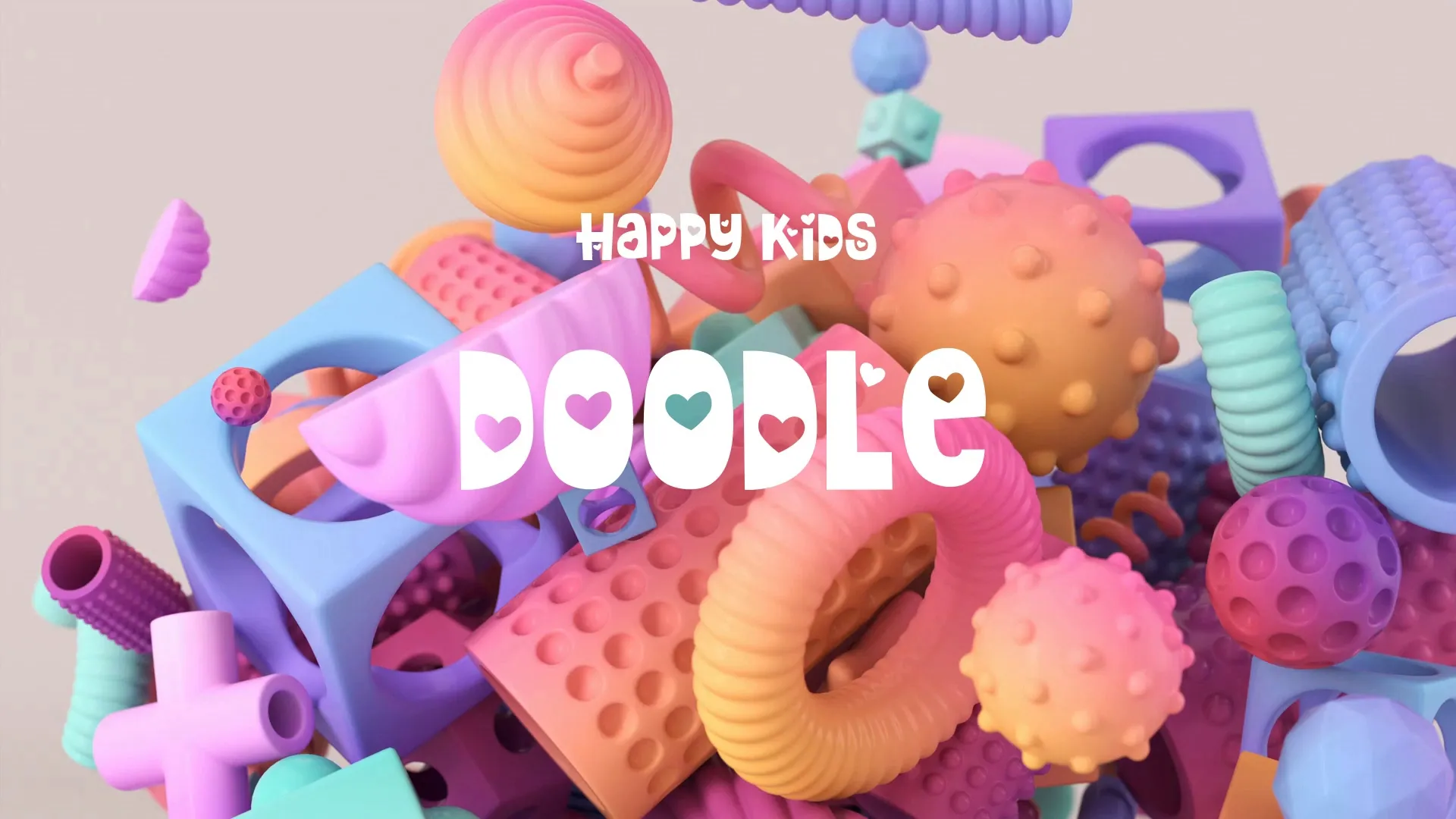AI Art Generators for Game Concept: Revolutionizing Visual Development
AI art generators are transforming how game concept art is created. They offer a powerful avenue for developers to rapidly prototype visual ideas and iterate on designs. Integrating AI into the early stages of game development’s visual pipeline brings tangible benefits.
Accelerating Visual Prototyping
Traditional concept art can be a time-consuming process. AI art generators drastically cut down the initial ideation phase, allowing for quick visualization of abstract concepts. This enables developers to see potential art directions almost instantly.
Instead of waiting days for initial sketches, a developer can generate dozens of variations in minutes. This speed is crucial for indie teams with limited resources and tight deadlines.
Iteration at Unprecedented Speed
Iteration is fundamental to good game design, and visual development is no exception. AI tools allow for rapid changes and explorations of themes, moods, and aesthetics.
Developers can feed an initial concept to the AI and generate numerous stylistic interpretations, refining prompts to guide the output. This iterative feedback loop accelerates the discovery of the perfect visual language for a game.
Exploring Diverse Art Styles
AI art generators excel at producing images in a vast array of styles, from photorealistic to highly stylized. This capability helps teams experiment with different visual aesthetics without committing significant artistic resources.
For instance, an AI can quickly show how a character might look in a pixel art style versus a painterly one. This exploration can inform crucial decisions about the game’s overall look and feel, even for niche styles like cel shading, as discussed in our guide Cel Shading: A Comprehensive Expert Guide.
Overcoming Creative Blocks and Expanding Ideas
Every creative professional faces moments of uncertainty. AI art generators can serve as a powerful brainstorming partner, offering unexpected visual interpretations that spark new ideas.
They can take a simple textual description and turn it into a visual prompt that pushes the boundaries of the original concept. This unexpected input can lead to novel solutions that might not have emerged through traditional methods.
Practical Applications in Your Workflow
Integrating AI into your concept art pipeline involves several steps. Start by clearly defining your initial visual goals and core themes.
Use descriptive prompts, focusing on keywords related to mood, environment, character traits, and artistic style. Experiment with different AI models and settings to understand their strengths and weaknesses.
Common Pitfalls to Avoid
While powerful, AI art generators are tools that require skillful direction. A common pitfall is over-reliance on generic prompts, leading to uninspired or cliché results. Always provide specific and detailed instructions.
Another mistake is neglecting human artistic oversight. AI generates images, but a human artist’s discerning eye is essential for curating, refining, and integrating these assets into a cohesive vision. Do not treat AI as a replacement for human creativity, but as an amplifier.
Create a free account, or log in.
Gain access to free articles, game development tools, and game assets.























